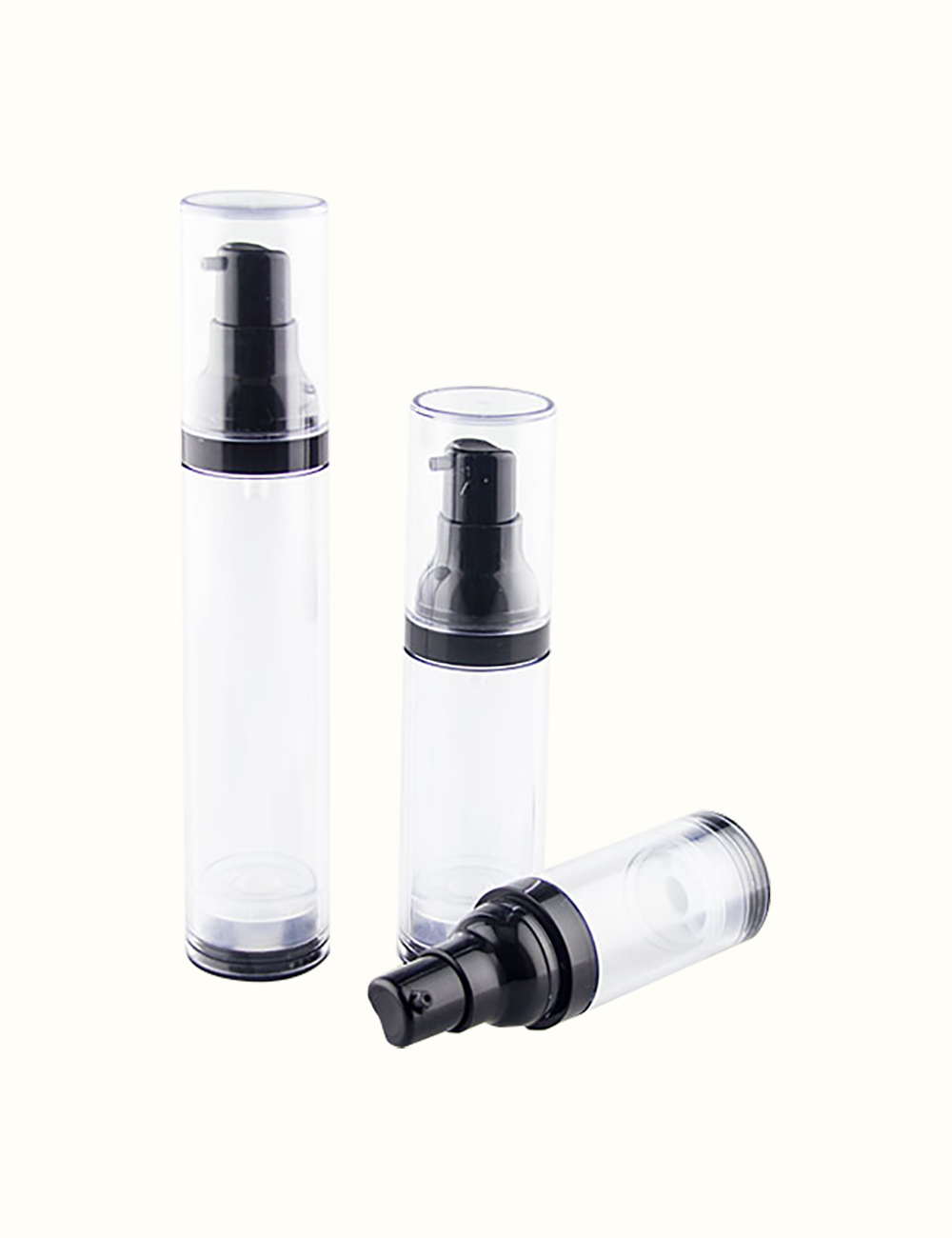
Cap Design: The cap design of PET dropper bottles is critical to their leak resistance. These bottles typically feature a dropper cap assembly that includes a screw-on cap with an integrated rubber bulb or pipette. The rubber component creates a secure seal when the cap is closed, preventing any liquid from leaking out. Manufacturers ensure that the cap threads are precision-engineered to fit snugly onto the bottle neck, further enhancing the seal integrity. Some caps may also include tamper-evident features, such as breakable seals or bands, to provide additional security against tampering and accidental opening.
Material Quality: PET (Polyethylene Terephthalate) is chosen for its robustness and resistance to cracking, which are essential qualities for maintaining leak resistance. PET is a lightweight yet durable plastic that retains its shape and structural integrity under normal handling and storage conditions. Manufacturers employ stringent quality control measures to ensure consistent material thickness throughout the bottle walls. This uniformity minimizes weak points that could potentially lead to leaks, ensuring that the bottle maintains its integrity over time.
Sealing Mechanism: To further enhance leak resistance, PET dropper bottles often incorporate additional sealing mechanisms. This includes inner seals or gaskets within the cap assembly. These seals create a barrier between the bottle contents and the external environment, preventing any liquid from escaping even under pressure or when the bottle is tilted. The design of these seals is meticulously engineered to provide a tight fit without compromising ease of use, ensuring that users can open and close the bottle securely while maintaining leak-proof performance.
Testing and Standards: PET dropper bottles undergo rigorous testing to meet industry standards for leak resistance and performance. Common tests include pressure testing, where bottles are subjected to internal pressure to simulate real-world conditions. This test ensures that the bottle can withstand internal forces without leaking. Tilt testing assesses the bottle's ability to maintain liquid integrity when placed at various angles, mimicking scenarios encountered during transportation and storage.
Storage Conditions: Proper storage practices are crucial for preserving the leak resistance of PET dropper bottles throughout their shelf life. Bottles should be stored in a cool, dry environment away from direct sunlight and extreme temperatures. Exposure to heat can potentially soften the plastic or distort the bottle shape, compromising the integrity of the cap seal. Maintaining consistent storage conditions helps to ensure that PET dropper bottles retain their functionality and leak-proof performance until they are used.
Transportation Practices: During transportation, PET dropper bottles must be handled and packaged with care to prevent mechanical damage that could compromise their leak resistance. Bottles should be securely packed in boxes or trays to prevent shifting or impact during transit. Proper cushioning and padding inside shipping containers help to absorb shocks and vibrations, minimizing the risk of cap damage or distortion. Labels indicating fragile contents and proper orientation instructions ensure that PET dropper bottles are transported upright to maintain seal integrity. These practices collectively contribute to the bottles arriving at their destination in optimal condition, ready for use without concerns about leakage.
As airless bottle 15ml 30ml 50ml

Leave a Reply
Your email address will not be published.Required fields are marked


 English
English 中文简体
中文简体 عربى
عربى






























